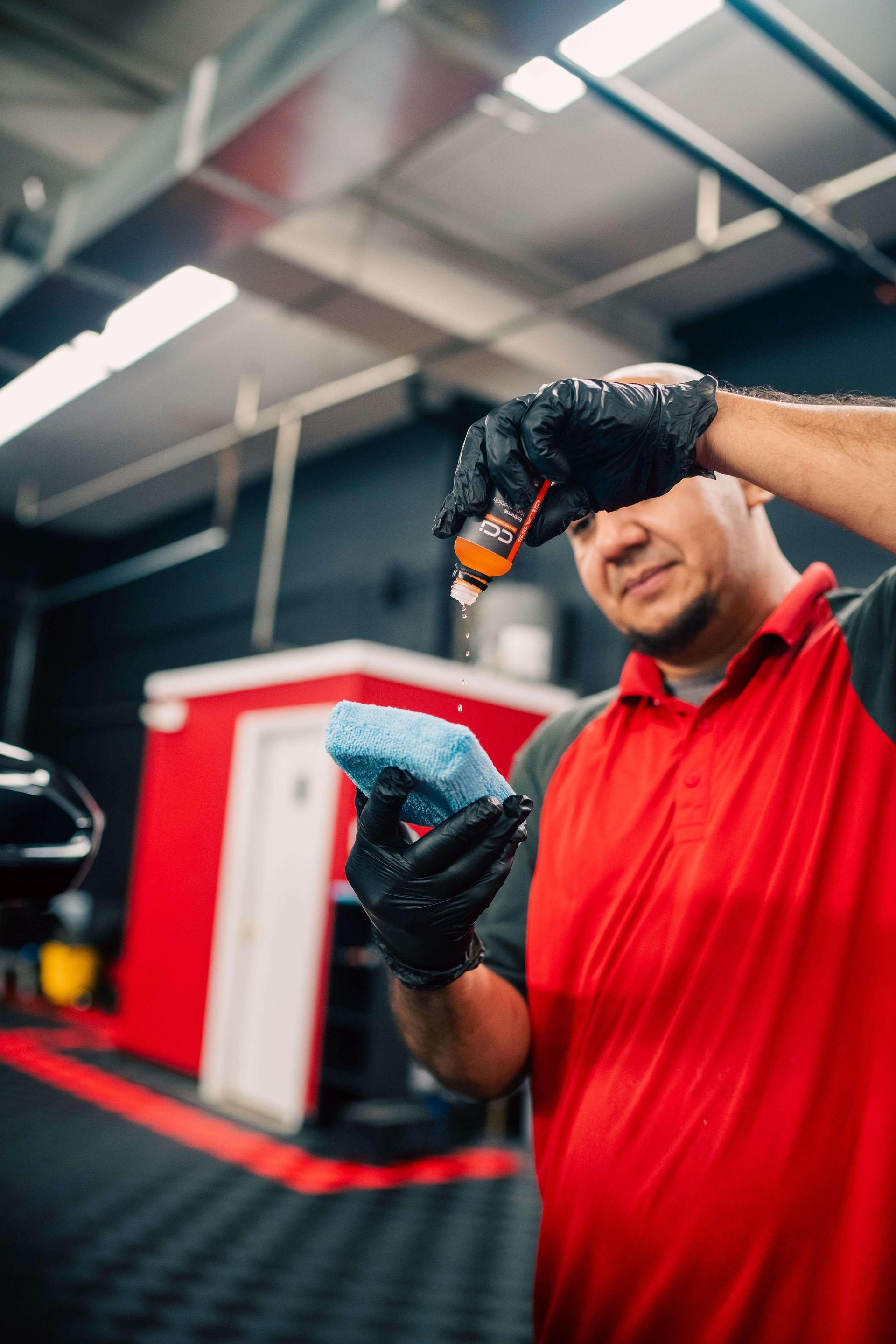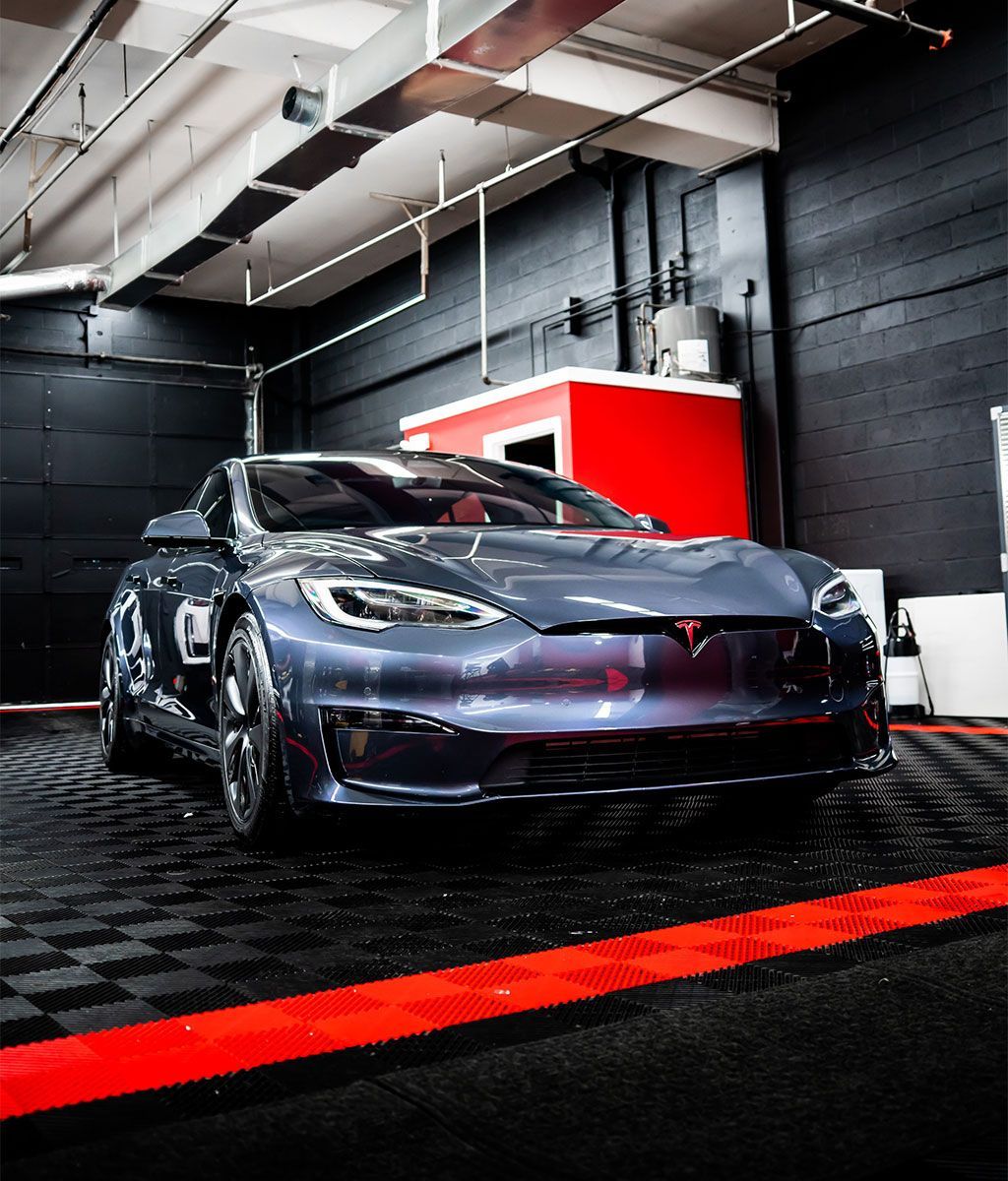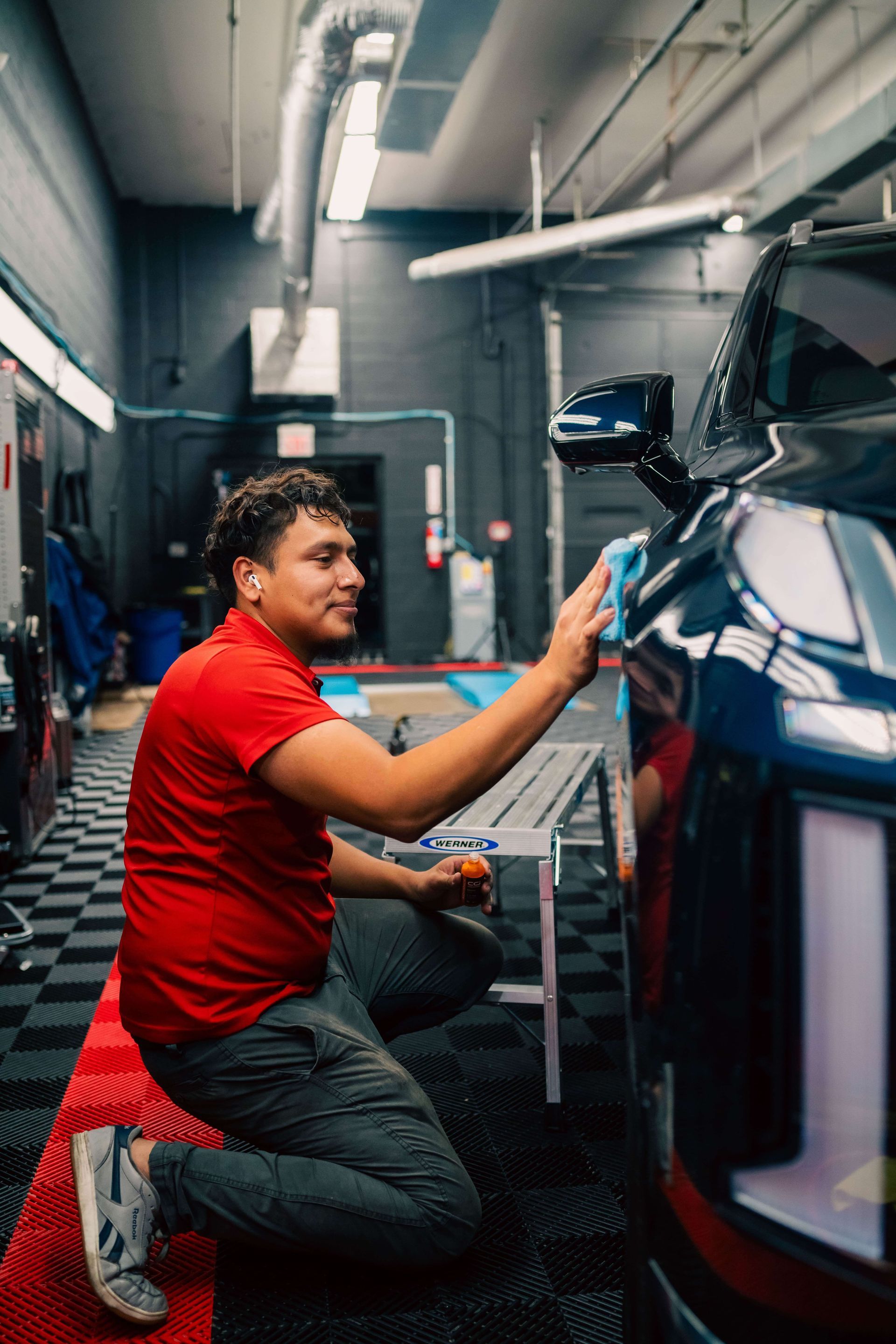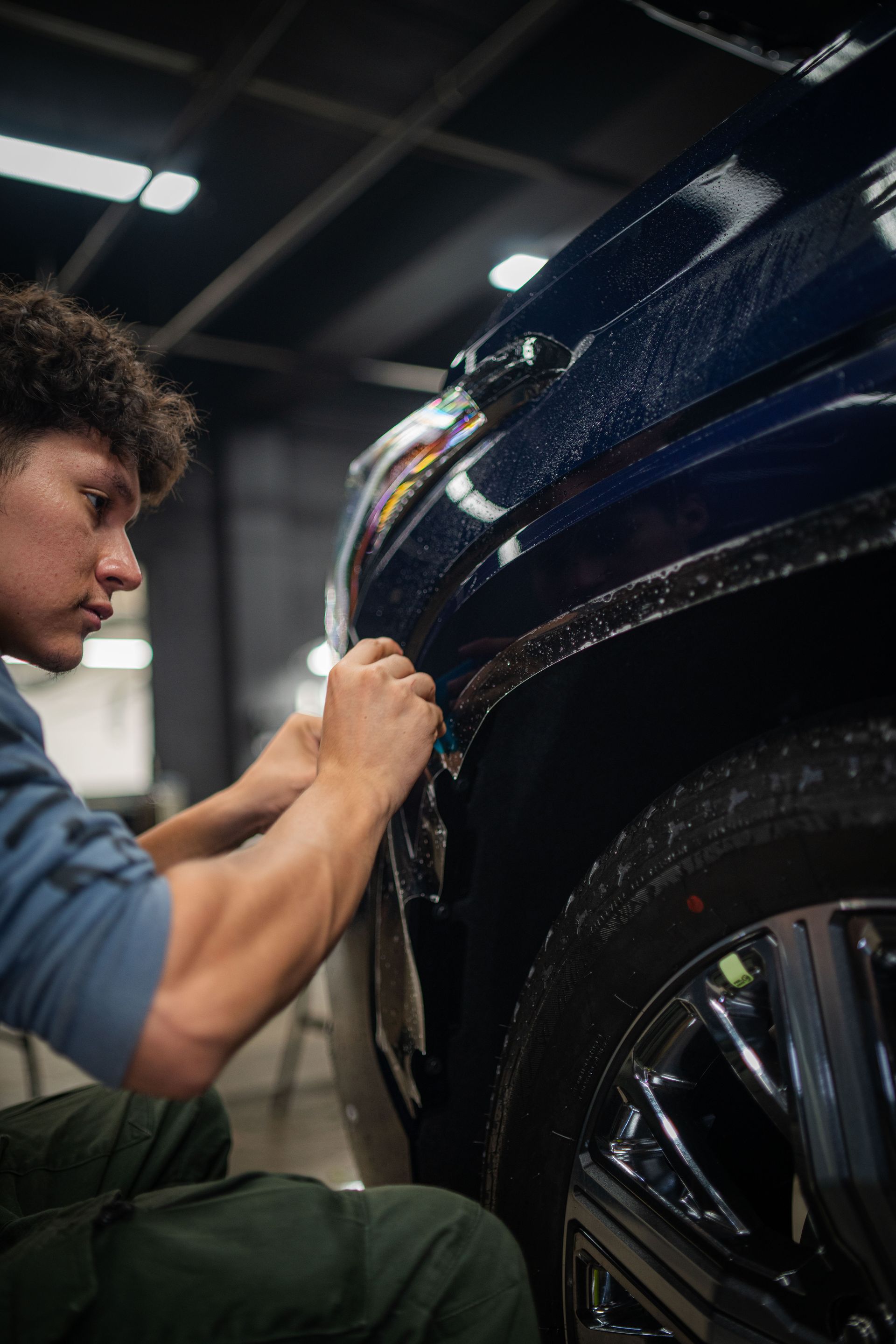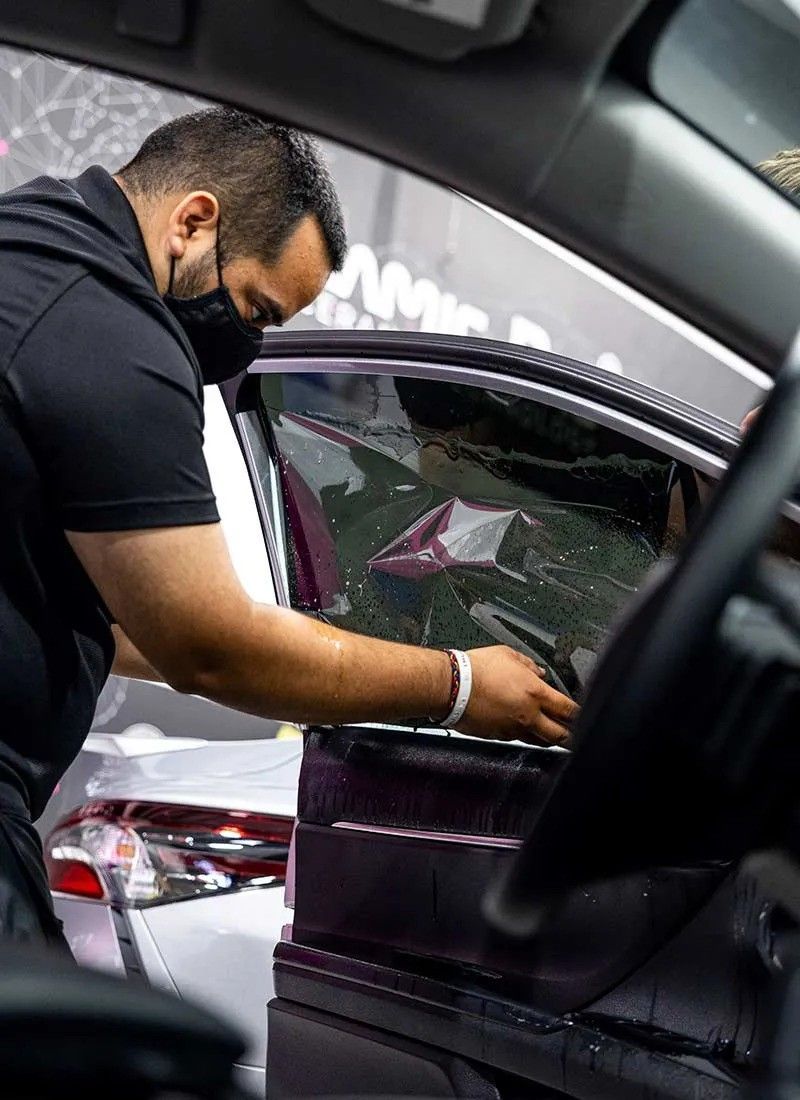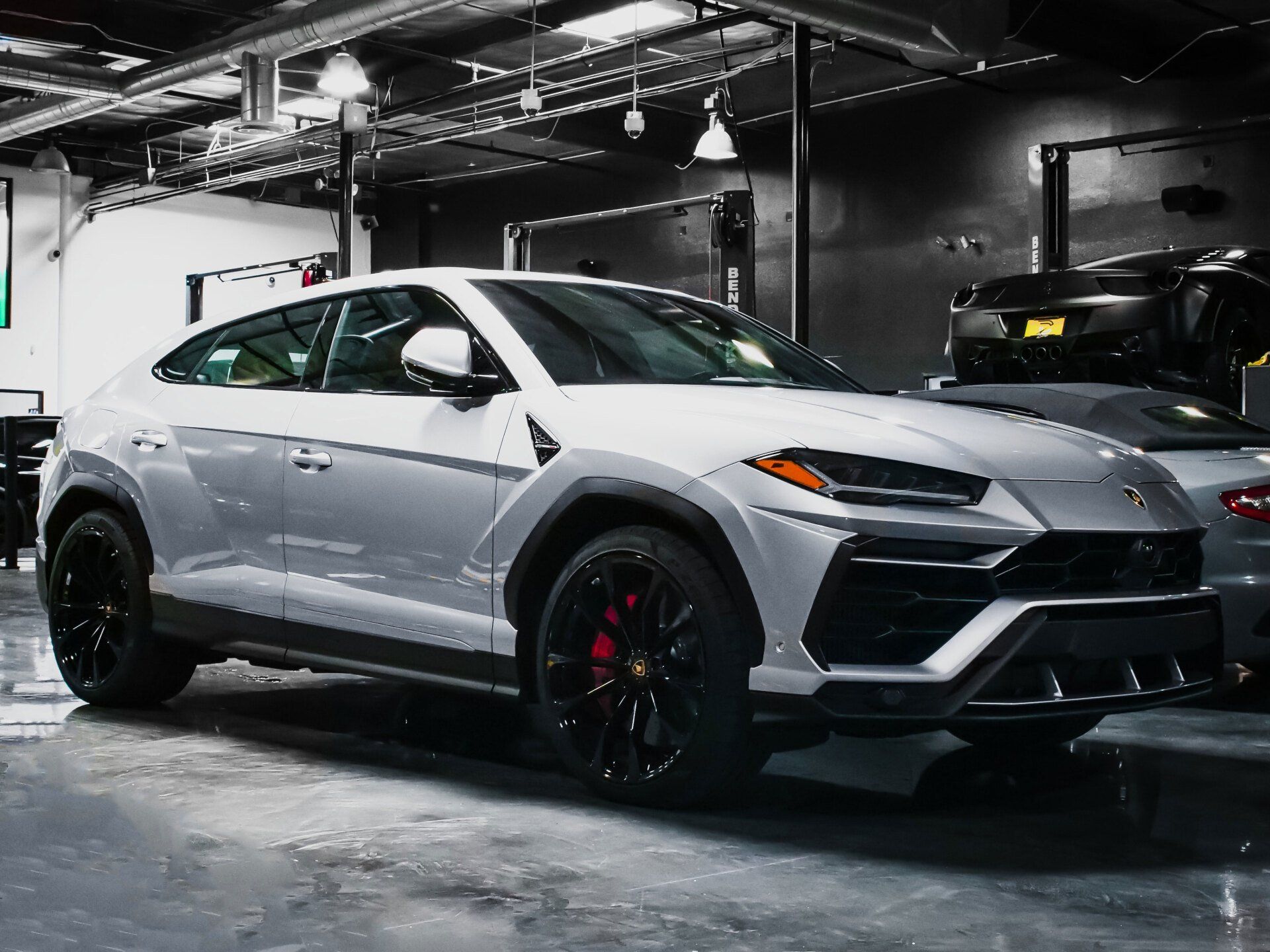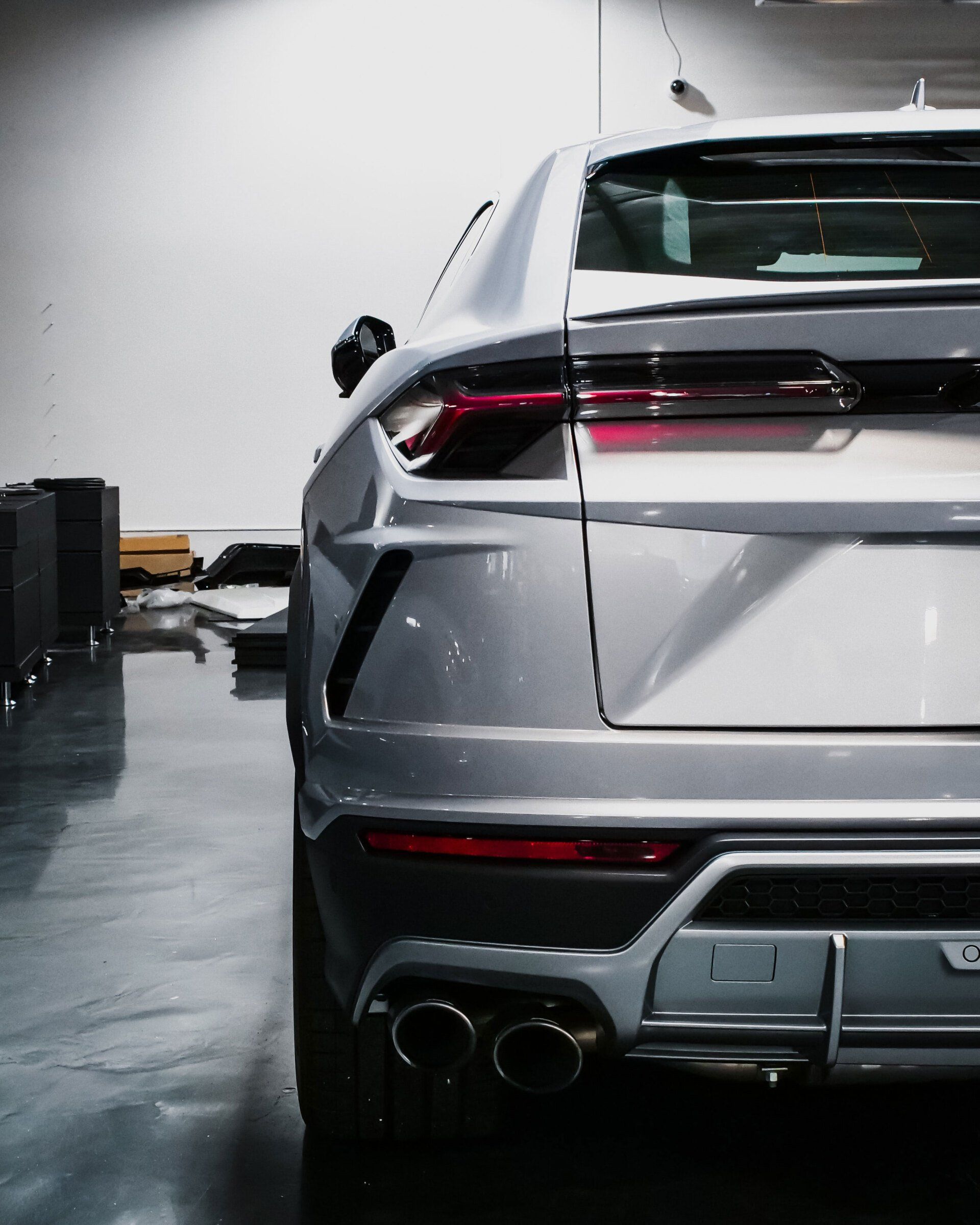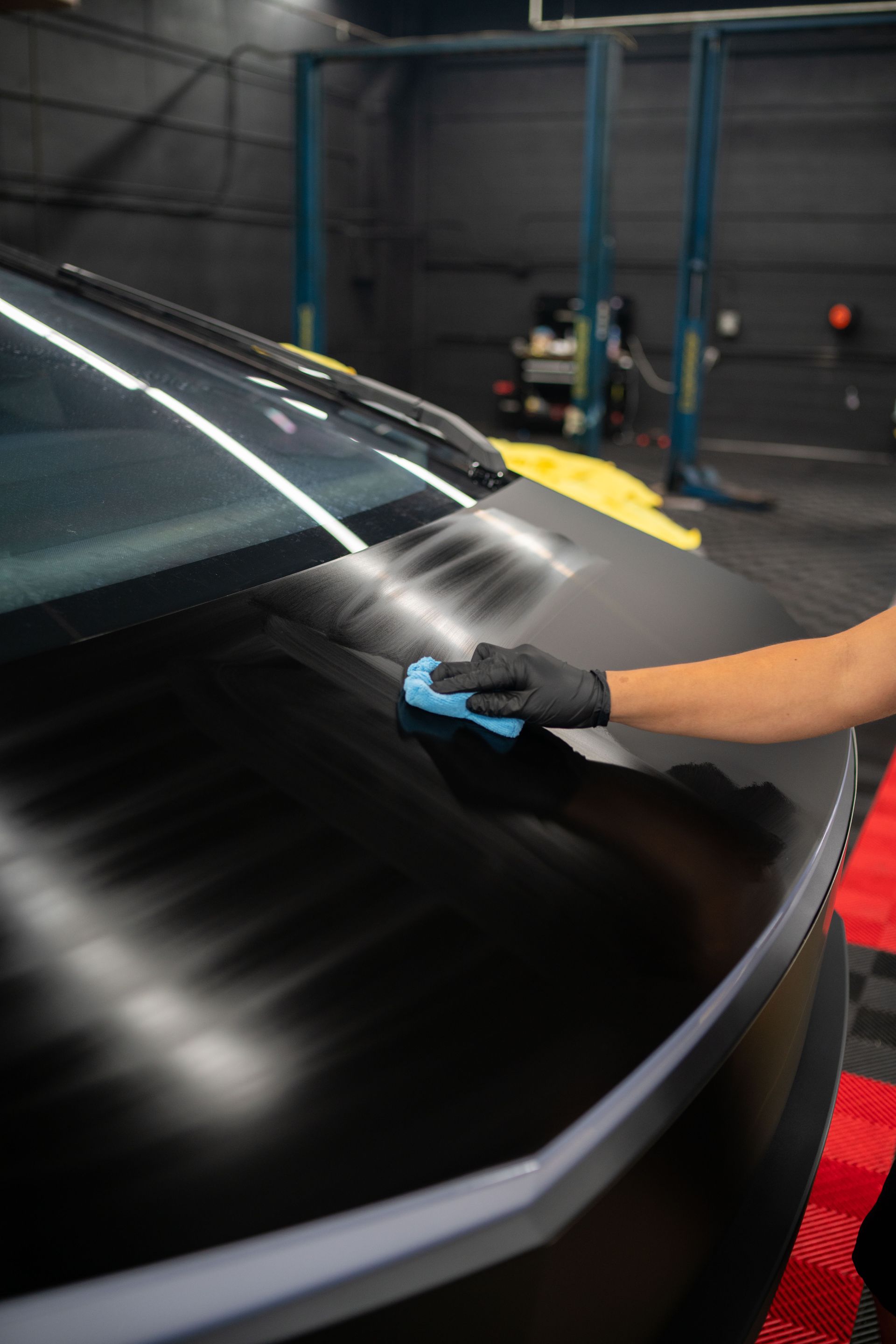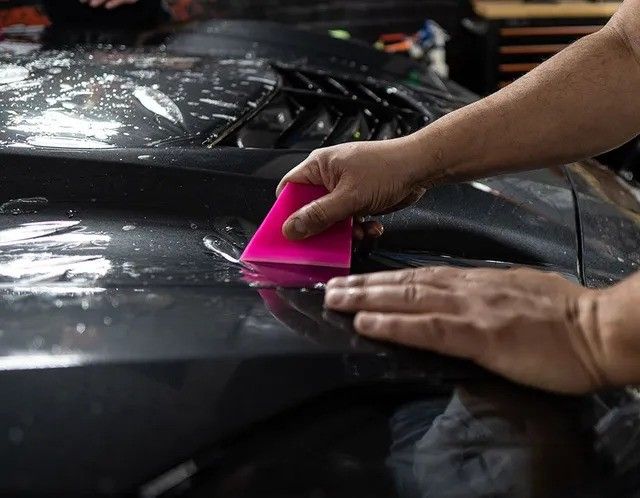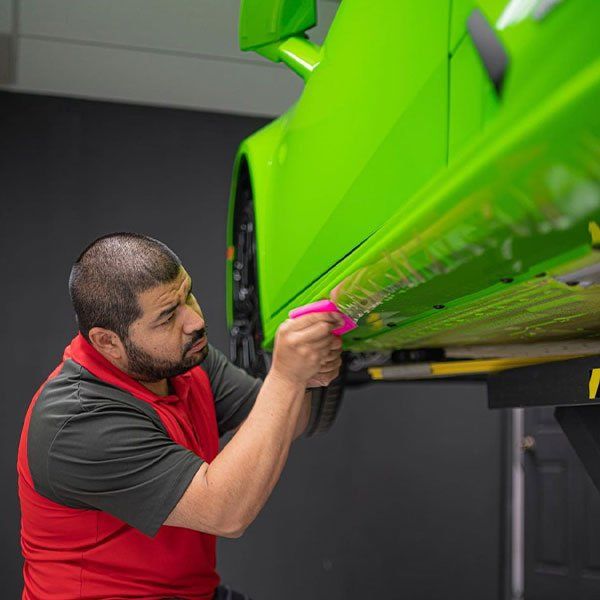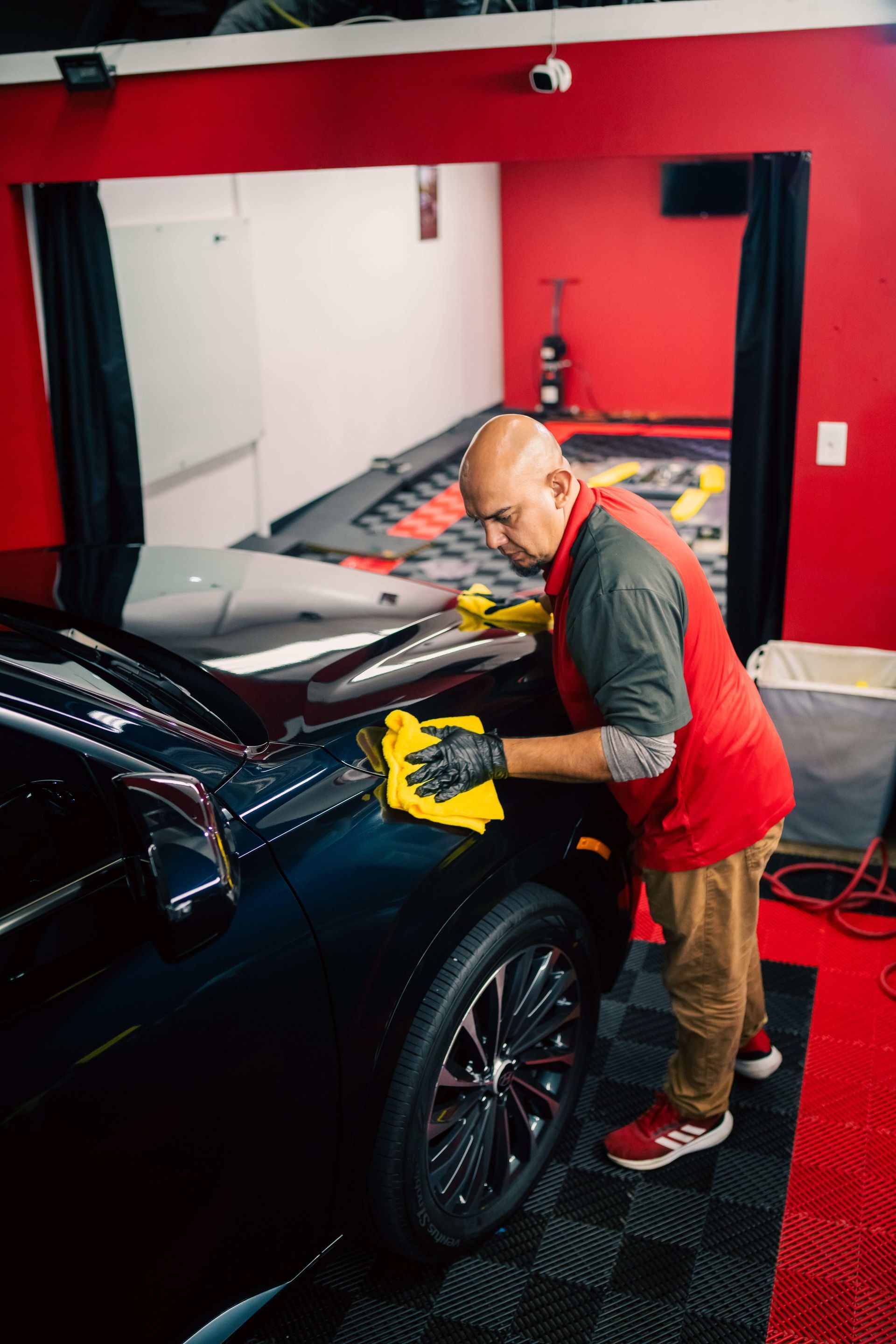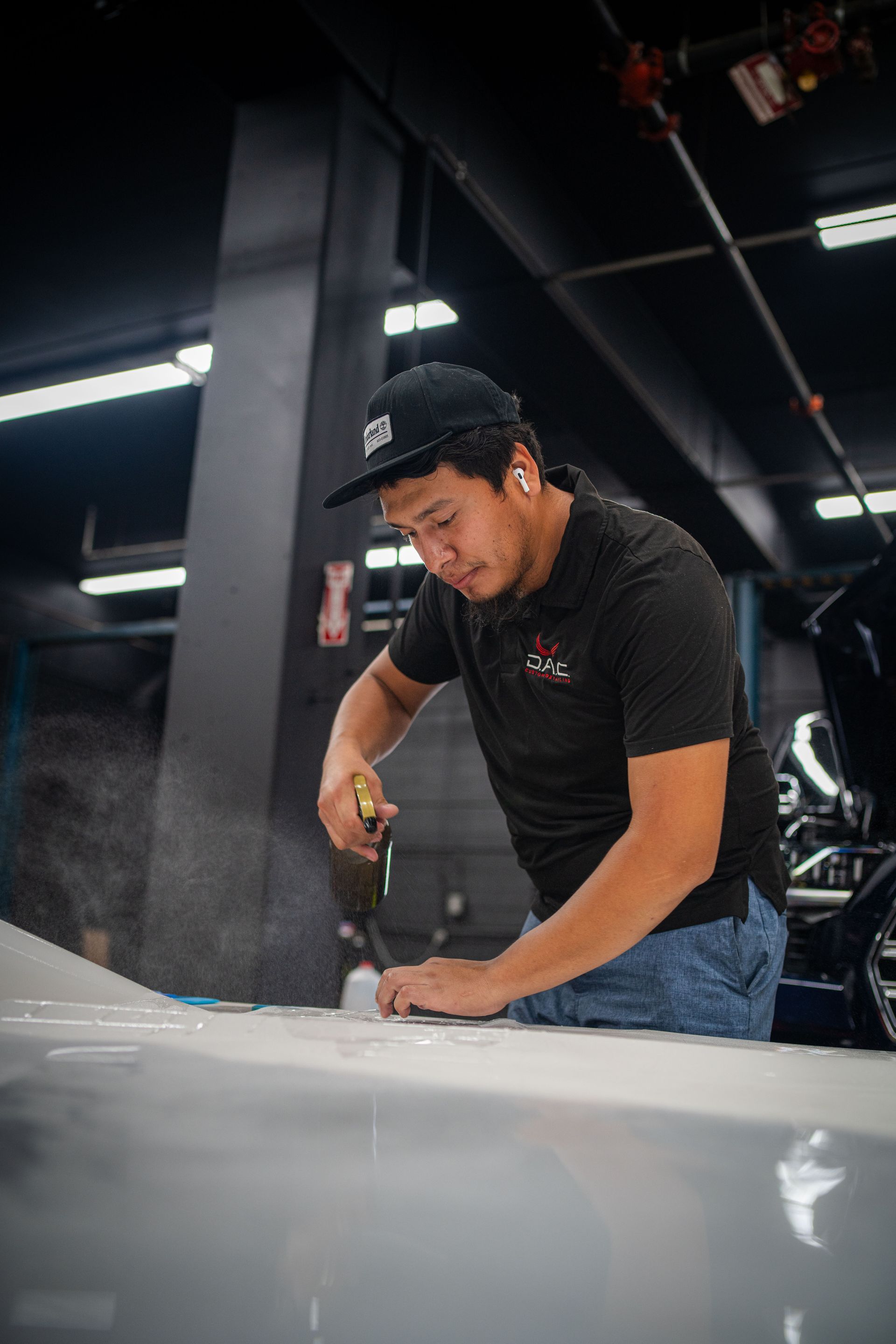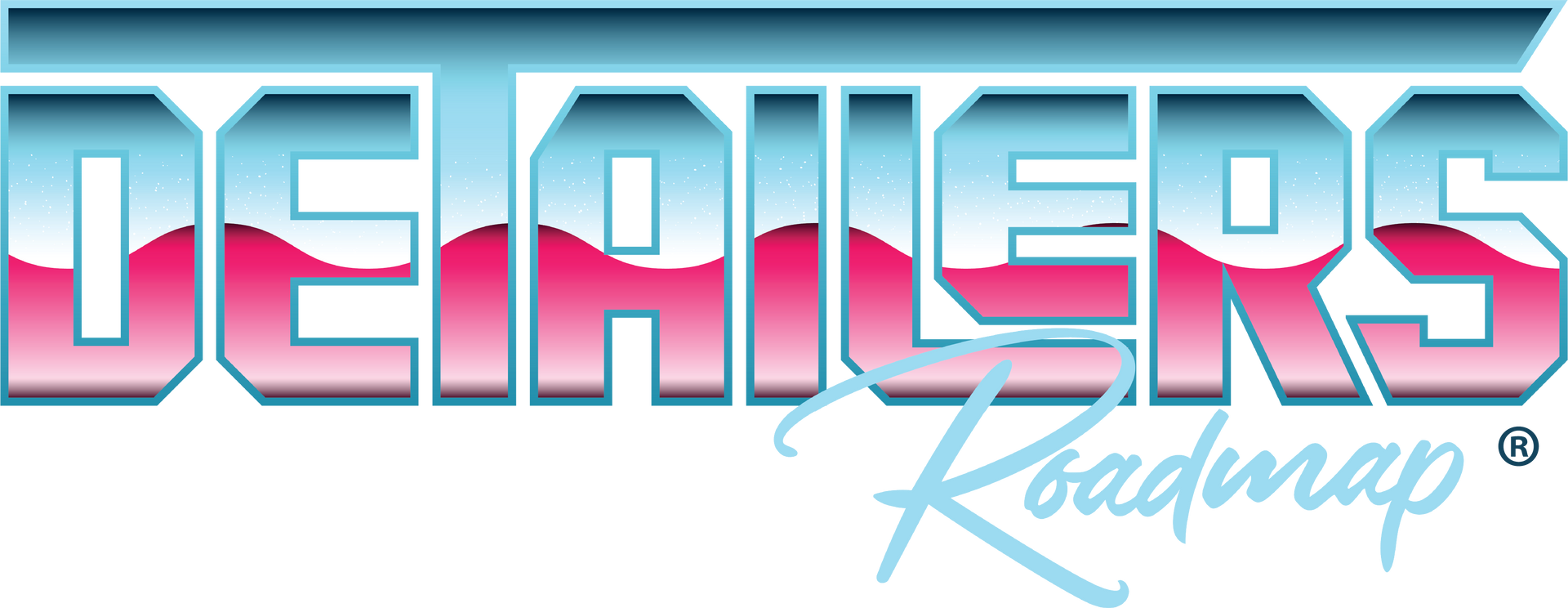REVIVE, PROTECT, MAINTAIN
Tinted car windows are not just about aesthetic appeal; they safeguard your solitude and cool down your auto's interior. Essentially acting as sunglasses for your vehicle, tinting can obstruct prying eyes from seeing you or valuables inside, especially when parked in highly populated areas—a comforting feature many might overlook. Additionally, tints assist in blocking sunlight, which helps manage the temperature inside your car during sweltering days, making those long drives much more bearable. The trick lies in understanding the right type of tint to meet both your privacy needs and comply with legal standards.
Auto window tinting offers a myriad of practical advantages, including UV protection, heat reduction, glare minimization, enhanced privacy, and vehicle interior preservation. By investing in auto window tinting, drivers can experience improved driving comfort and safeguard their vehicle's interior from the sun's harmful effects.
Securing Privacy with Tinted Windows
Privacy is a significant concern, especially when it comes to our vehicles. We store a multitude of essential items in our cars—laptops, phones, bags, you name it. And you never know who might be eyeing your vehicle as you go about your day. This is where tinted windows become your friend. They make it much tougher for anyone outside to peek in and see what's inside. When discussing the sense of security tinted windows offer, it's not just about keeping our possessions hidden from prying eyes; it goes deeper than that. Imagine leaving your car parked in a bustling area, like a city street or a busy parking lot. Without tinted windows, anyone walking by can effortlessly take a casual glance and see what's inside. But with the right window tint, you significantly decrease the chance of theft because what's out of sight is out of mind for potential intruders.
Let's consider high-density urban neighborhoods where vehicle break-ins are unfortunately all too common. In these areas, having tinted windows can act as a deterrent for potential thieves and vandals. You might not prevent every possible threat, but adding this layer of privacy and security can make all the difference in protecting your property. So when we think about privacy in our vehicles, tinted windows aren’t just a matter of aesthetics—they bring peace of mind and added protection from those with ill intentions. Amidst the ever-evolving landscape of vehicle enhancements, window tinting stands as a multifaceted solution.
Vehicle Interior Temperature Management
Have you ever stepped into your car on a hot summer day and felt like you were entering an oven? This can be unbearable and even dangerous. The sun's rays penetrate the car's windows, heating up the interior to temperatures much higher than outside. On a scorching day, the interior of a car can reach up to 20°F (11°C) hotter than the outside temperature. But this is where the practical advantages of tinted windows come into play.
Tinted windows act as a barrier against harmful UV rays from the sun, protecting the vehicle's interior from fading and deterioration. Not only do they reduce the heat buildup inside the car, but they also minimize the need for excessive air conditioning to keep the interior cool, making your driving experience more comfortable while improving fuel efficiency and reducing energy costs.
Effect of Tinted Windows on Temperature Management
When it comes to controlling the temperature within your vehicle, not all tint grades are created equal. While some tints offer minimal heat reduction, others significantly lower the amount of sunlight that enters your car. The effectiveness of window tints in managing interior temperatures is directly related to their ability to block out solar energy.
A high-quality window film can reduce the interior temperature by up to 60%. This means that on a particularly hot day, your car will remain noticeably cooler with tinted windows compared to untreated ones. By choosing an effective tint grade, you can ensure that your vehicle stays comfortable even in extreme weather conditions. Imagine driving on a sweltering summer day with untreated windows. The heat pouring in through the glass can make it nearly impossible to maintain a comfortable temperature inside, resulting in an overreliance on air conditioning. However, with properly tinted windows, you can significantly reduce this heat penetration, making it easier for your car's climate control system to maintain a pleasant environment.
This reflects positively on your vehicle's overall energy efficiency and helps you save money in the long run by reducing fuel consumption and extending the lifespan of your air conditioning system. Tinted windows not only manage the interior temperature of your vehicle but also contribute to maintaining a more sustainable and cost-effective driving experience. Understanding the different tint grades available and their effect on heat reduction can assist you in making an informed decision when considering auto window tinting for temperature management purposes.
Preserving Vehicle Upholstery
Have you ever left your vehicle parked outside for a considerable time and returned to find the interior noticeably faded? This frequent occurrence is a result of photoaging, which happens when the sun's corrosive ultraviolet (UV) rays enter through the windows and, over time, harm the materials inside. However, there's a solution—tinted windows.
Tinted windows act as a protective shield, reducing the amount of UV rays that penetrate into the vehicle's interior. By implementing suitable window tinting, you are essentially creating a barrier against the damaging effects of UV radiation. This not only helps in maintaining the visual appeal of your vehicle's interior but also ensures the longevity of its materials. A good-quality window film blocks out up to 99% of harmful UV rays, significantly reducing the risk of fading, discoloration, and deterioration of your vehicle's upholstery. Just as you apply sunscreen to protect your skin from sun damage, tinted windows act as sunscreen for your vehicle's interior. With extended exposure to sunlight, the harm inflicted on your car's upholstery can be significant. Proper window tinting serves as a reliable defense, offering peace of mind by safeguarding your investment.
Investing in high-quality window tinting not only offers protection against UV rays but also shields your dashboard and other interior components from the sun's intense heat. This can help prevent cracking or warping of plastic surfaces caused by prolonged exposure to heat and sunlight. As seen, preserving the condition of your vehicle's upholstery is a crucial aspect of maintaining its overall value and aesthetics. Tinted windows play a pivotal role in safeguarding against the damaging effects of UV rays and excessive heat, ensuring that your vehicle's interior remains in top-notch condition for years to come. The practical benefits of auto window tinting extend beyond just protecting upholstery.
Avoiding Glare for Safer Driving
Glare is no one's friend when it comes to driving. It's that annoying, blinding light that hits your eyes and makes it hard to see what's in front of you. Whether it's from the sun or other reflective surfaces, glare can really mess with your visibility. And when you can't see properly, you're more likely to feel tired and stressed out, and in some cases, it can even lead to accidents.
For instance, take a snowy day. The sunlight reflecting off the snow can be incredibly bright and hurt your eyes, making it difficult to see the road ahead. This doesn't just happen during snowy conditions; on any bright and sunny day, the reflection off of other cars' windows and shiny surfaces can also cause unnecessary strain on your eyes. This is where auto window tinting comes to the rescue. Tinted windows are like a pair of trusty sunglasses for your car—they reduce the amount of light that gets through, effectively minimizing glare while still allowing you to see clearly. With reduced glare, you won't have to squint or strain your eyes as much, which means less fatigue and a safer drive for everyone on the road.
It's not just about comfort either; reducing glare improves safety by enhancing visibility. This is especially important during those times when sun visors and sunglasses aren't cutting it. Tinted windows act as a barrier against excessive light and offer consistent protection from glare, regardless of the angle of the sun or external conditions. When selecting the right tint level to minimize glare without compromising visibility, consider window tint film with a visible light transmission (VLT) of 35% or lower. This ensures effective glare reduction without sacrificing clear visibility—a win-win situation for safer driving. By opting for tinted windows with the right percentage of VLT to combat glare, you're not only ensuring a comfortable drive but also prioritizing safety on the road.
Potential Savings Over Time
Investing in quality window tinting for your vehicle offers a range of long-term savings that extend beyond just reducing glare and enhancing privacy. The initial investment in window tinting can result in meaningful financial benefits over time, making it a viable consideration for vehicle owners. One of the key areas where window tinting contributes to long-term savings is reducing the need for excessive air conditioning. Tinted windows help to minimize heat buildup inside the vehicle, leading to a cooler interior temperature even in hot weather. The reduced heat accumulation can lower the reliance on air conditioning, resulting in savings on fuel costs over time.
By acting as a barrier against harmful UV rays from the sun, tinted windows help preserve the condition of the vehicle's interior materials. This can prevent early deterioration of upholstery and dashboard materials, reducing the need for expensive restoration or replacement expenses. Given that many vehicles are designed with advanced upholstery materials and complex dashboard components, protecting these elements can lead to significant cost savings over time. Having examined how quality window tinting can result in significant long-term savings, it's vital to consider how to choose tints that offer the best value in terms of both savings and benefits.
Finding the Right Window Tint
Selecting the right window tint for your vehicle involves more than just picking a shade you like or that looks good on your car. It's about understanding the various features and benefits that tint options offer.
The most essential factor to consider is the visible light transmission (VLT) of the tint, which measures how much light can pass through it. This significantly impacts how dark the tint will look from both the inside and outside your vehicle. It's imperative to ensure that your chosen window tint complies with local laws governing VLT levels, as these regulations vary across different states and countries. Another critical aspect to consider is UV protection. High-quality window tints provide significant UV protection, safeguarding you and your passengers from harmful ultraviolet rays. This defense lessens the risk of skin cancer, delays premature aging due to prolonged sun exposure, and reduces skin damage. Opt for tints with a high UV protection rating to ensure optimal safety for all occupants in the vehicle.
Additionally, heat rejection capabilities are crucial and can significantly contribute to driving comfort, especially during hot summer months. A well-performing heat-rejecting window film can reduce heat buildup inside your vehicle, making the interior cooler and reducing the need for excessive air conditioning. This not only enhances driving comfort but also helps conserve fuel by reducing the strain on your car's air conditioning system. For comprehensive guidance on finding the best window tint solutions and insights into their selection and installation procedures, visit our website.
Ceramic window tints are acclaimed for their exceptional heat rejection capabilities while maintaining good visibility. They are non-metallic, ensuring they won't interfere with electronic devices in your car, unlike some metallic-based tints. When selecting a window tint, it’s crucial to partner with a reputable supplier offering a variety of high-quality products. Additionally, ensure that they have experienced installers who can guarantee a professional installation job that is compliant with all legal requirements. By carefully considering these factors and seeking out a reliable supplier and installer, you can make an informed decision when choosing the right window tint for your vehicle, ensuring both compliance with regulations and fulfillment of your practical needs.
Making informed decisions about window tints ensures not only legal compliance but also maximizes the practical benefits they offer for both you and your passengers. Always remember to prioritize safety and comfort when choosing window tints for your vehicle.
Premium Auto Window Tinting Service in Temple Hills, M.D.
Enhance your driving experience with D.A.C. Custom Detailing’s
premium window tinting service in Temple Hills, M.D.! Our expert technicians use top-of-the-line materials to provide superior heat and UV protection, increased privacy, and a sleek, stylish finish for your vehicle. Enjoy a cooler, more comfortable ride while safeguarding your car’s interior from sun damage. Don’t settle for anything less than the best; visit D.A.C. Custom Detailing today and transform your vehicle with our professional window tinting service. Call us at
(703) 298-1864 now to schedule an appointment and take the first step toward a more enjoyable driving experience!
Share with friends
